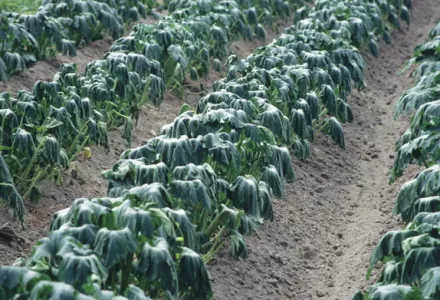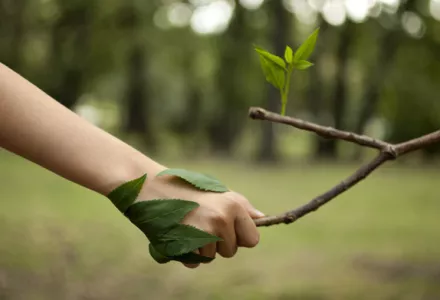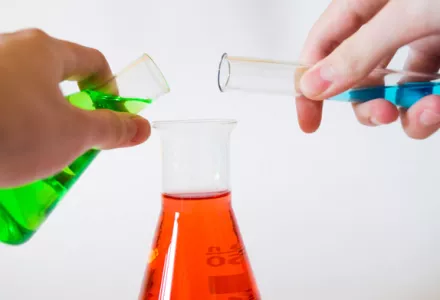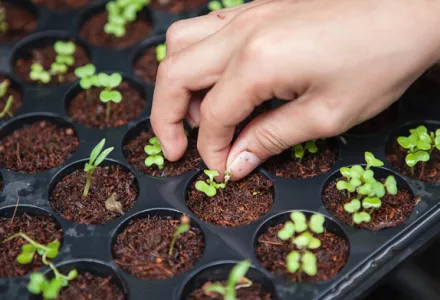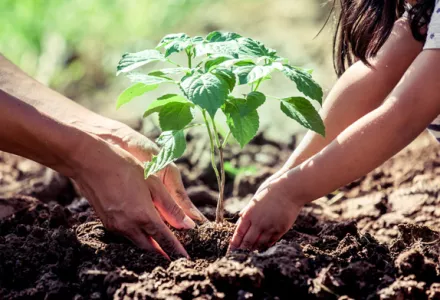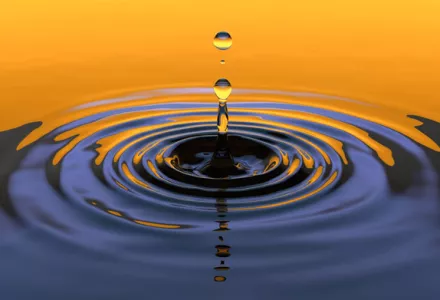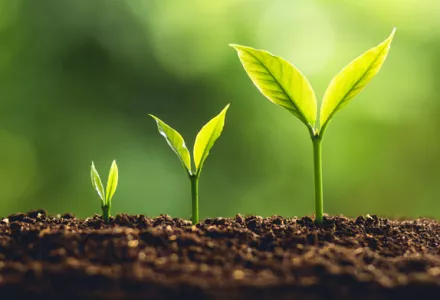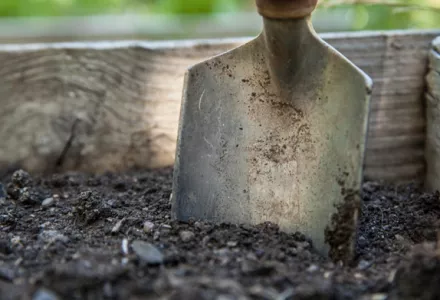Before starting to grow indoors you really do need to think about what you want and above all about what’s possible. Things you need to think about include how much to invest in plant materials and cultivation equipment such as plant food, lamps and ventilation.
Do you want to grow indoors or outdoors? Which plant/variety do you want to use and what kind of yields/crop do you have in mind? What stock material are you going to use? How much space do you have available for the crop? How many plants per square foot/ meter? Which growing medium are you going to use?
There are quite a few points you need to think about and they’re all interconnected. Give it a bit of thought so that whatever you choose will be more realistic and there’s a better chance you won’t find yourself facing unpleasant surprises.
Seeds
There are two main ways to produce a crop, from seed or from cuttings. Cuttings stay true to form were seeds can experience variability. Seeds are sometimes chosen as a start for the stock plants from which future cuttings will be taken. Always use the freshest, highest quality seeds.
Some seeds are known as hybrid seeds. Hybrids are a cross between two varieties (cultivars, sub-species, etc) of the same species of plant. If these F1 hybrids are then cross-bred again, you often get plants that are totally different than the desired F1 hybrid, sometimes reverting back to the original parental varieties.
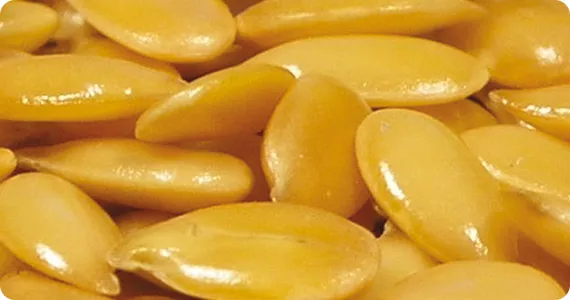
There are a number of ways of getting seeds to germinate, but you’re best off doing that indoors because that’s where the environment is better protected. A seed needs to absorb water before it can germinate. After this imbibing of water, biological processes get to work inside the seed and it comes, as it were, to life.
A simple method of germinating seed is to place the seed on a piece of paper towel that is wet. Cover the seed and store in a dark place. Make sure the towel remains moist but the seed does not drown in a puddle of water (seeds need oxygen to germinate). How long it takes before the seed starts to sprout varies per variety and depends on the age of the seed. Make sure the seeds are adequately ventilated to avoid disease issues. Once the root sprouts and the new top shows, transfer to a seedling medium in a small container.
When transplanting, place the sprouted now seedlings 2.5 times the seed height under the surface (e.g. If seed is 2mm place 5mm under the surface). Make sure the moisture is sufficiently high, but remember too that the area around the seeds mustn’t be too damp. So go easy on the watering.
Fertiliser
When the first real leaves appear on your plants you can start giving some fertilizer. The fertilizer concentration mustn’t be too high: use about one half to two thirds strength fertilizer. Keep the temperature between 20°C and 25°C. Ideal humidity at this stage is between 70% and 90%.
The light spectrum the plant sees also has a considerable influence on the way your plants grow. The blue part of the spectrum is what gets the plants to grow widthways rather than tall. This allows you to get robust plants before they start to flower. We call it vegetative growing (vegging) if you start growing plants in one area or under a different light spectrum before moving them into another area, or changing the light spectrum, to flower. Again, this encourages robust plants that pick up strength faster and that can be readied for flowering straight away.
Other advantages include less waste and more frequent harvesting. You normally use fluorescent lighting in the seedling stage. This light is easy and inexpensive and a further advantage is that the lamps can be set close to the plants so you don’t need much room.
Tip!
The reflectors for your lighting get dirty as time goes by. Clean them regularly. Research shows that light yields drop by 20% pretty quickly!

